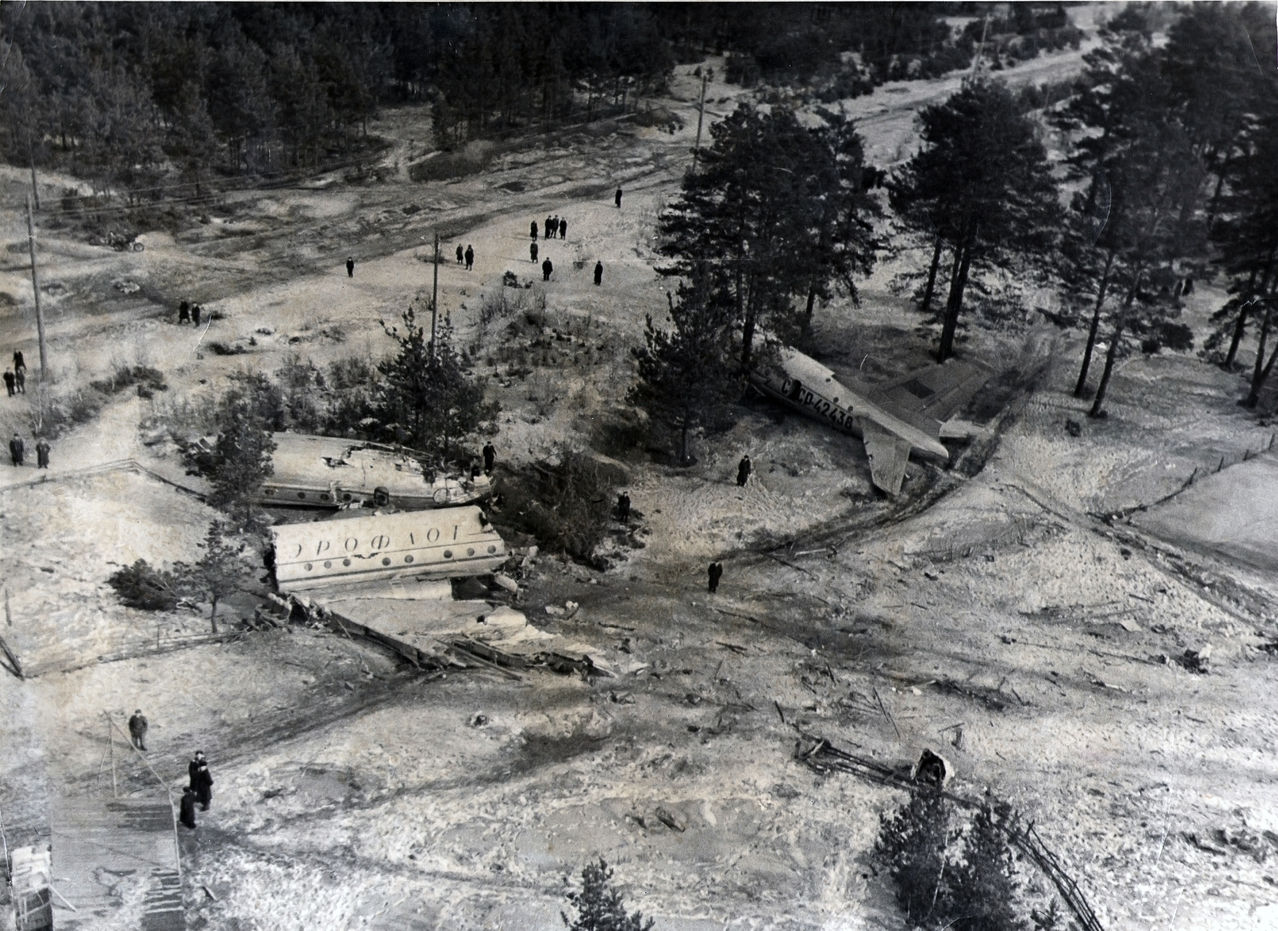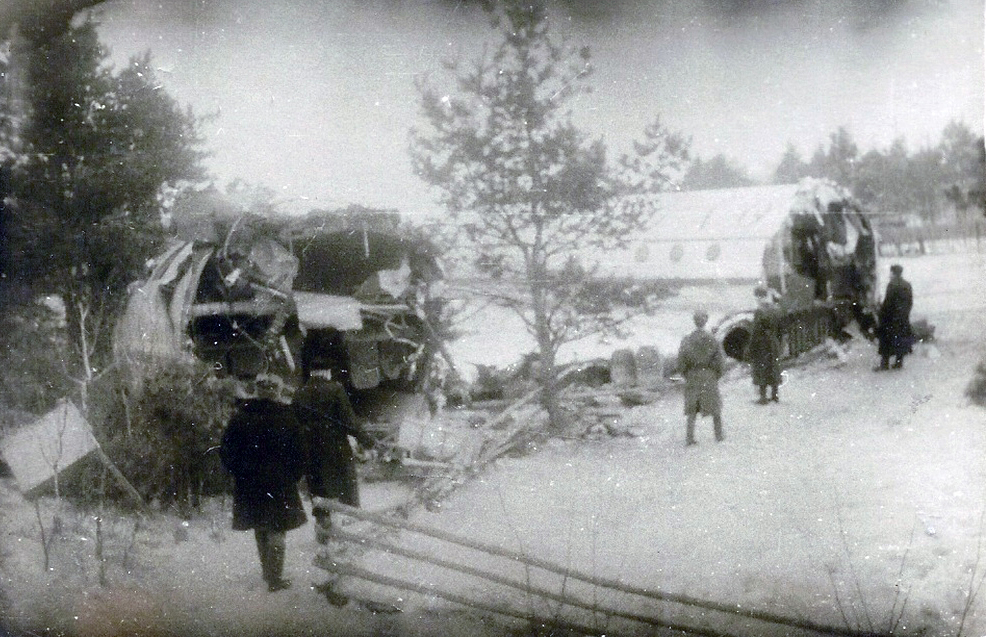Crash of a Lisunov LI-2 in Ufa: 2 killed
Date & Time:
Mar 17, 1961 at 1607 LT
Registration:
CCCP-54783
Survivors:
Yes
Schedule:
Kazan – Ufa – Chelyabinsk – Omsk – Novosibirsk – Tomsk
MSN:
3 34 447 06
YOM:
1949
Flight number:
SU747
Crew on board:
4
Crew fatalities:
Pax on board:
0
Pax fatalities:
Other fatalities:
Total fatalities:
2
Circumstances:
The takeoff from Ufa Airport was completing in marginal weather conditions and the airplane was unable to gain sufficient speed. Despite the situation, the captain decided to rotate and immediately after liftoff, the aircraft adopted a high angle of attack, causing the base of the tail to struck the ground. The aircraft bounced several times then crash landed, overran and came to rest in a garden located 290 meters past the runway end and 220 meters to the left of the extended centerline. The aircraft was destroyed and all four crew members were seriously injured. Five hours after the crash, the captain died from his injuries and 38 hours later, the radio operator died.
Probable cause:
Poor flight preparation on part of the crew who decided to takeoff with a contaminated aircraft. At the time of the accident, the wings, stabs and tail were recovered with an excessive accumulation of snow which reduced drag, limited thrust and performances and modified the aerodynamic.



